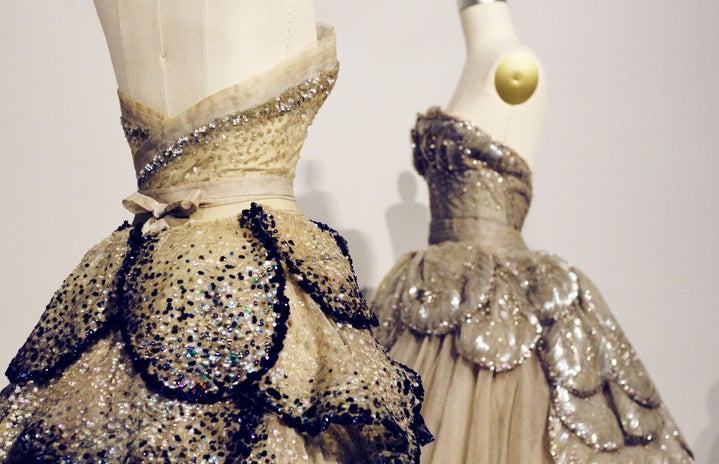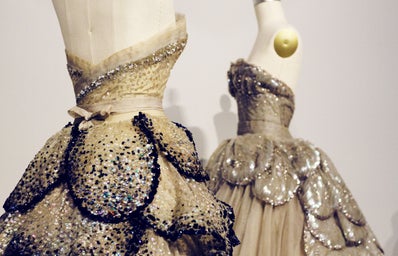Last week, the Metropolitan Museum of Art announced the upcoming Met Gala theme, “Karl Lagerfeld: A Line of Beauty.” Almost immediately after the press conference, the fashion world became divided. Most are questioning why such a controversial designer would represent a prestigious event, while others are only seeing the utmost artistry in his design sketches that earned him an entire gala dedicated to him.
Karl Lagerfeld started off his career as a mentee to Pierre Balmain after winning the International Woolmark Prize in 1954. Lagerfeld rapidly advanced his technique in production, while freelance designing for high-end fashion labels like Chloé and Valentino. Only ten years later, he was hired as a consultant to revamp Fendi’s outerwear collection and its general use of furs. Yet, it was Lagerfeld’s 1983 Chanel couture runway debut that made him a household name. Lagerfeld proved collection after collection that he knew how to keep up with the times and the speed of the fashion cycle. His lines were modernized while carrying on the specific Chanel aesthetic. While his career was impressive, to say the least, he would not be Karl Lagerfeld without some controversies.
One of Lagerfeld’s earliest controversies stemmed from one of his very own designs that made it to the Chanel 1994 runway. Lagerfeld created a lower-cut dress with an embroidered passage from the Qur’an. After receiving backlash, Lagerfeld claimed he thought the Arabic saying was from elsewhere and meant something else. The lack of research led many Muslims to boycott Chanel for letting it happen in the first place. Lagerfeld, alongside Chanel, apologized for the dress and promptly removed it from the collection. Chanel went a step further and burned the dress after their statement.
His use of animal fur has been heavily critiqued as he not only used it but elevated it. Lagerfeld was known for using various kinds of fur and skins in his earlier collections and even re-introducing some pelts into the fashion cycle, such as rabbit and squirrel. Animal rights organizations, like PETA, called Lagerfeld out after almost every collection he did. It could be said, however, that Lagerfeld made up for his excessive fur usage by directing Chanel to become one of the first major fashion houses to go “fur-free” in 2018.
Something that Lagerfeld never really made up for was his controversial comments. As soon as Lagerfeld’s work gained more and more attention, he started to grow his “persona.” From Adele’s weight to Germany’s open borders to the #MeToo movement, Lagerfeld always had something to say. These vile comments would receive backlash until a new fashion show came, then he became a genius again. It was a never-ending cycle just like Kanye West. Lagerfeld never really apologized for his fat-phobic, anti-Semitic and sexist comments, rather he excused them by calling them part of his “caricature.”
Karl Lagerfeld’s talent has not been forgotten after his passing in 2019, yet all his controversies seem to be. Is this yet another case of “separating the art from the artist?” The Met Gala 2023 seems to be a deciding event for the fashion industry. Will designers pay homage to his unique way? Or will they make a statement to move fashion forward?



